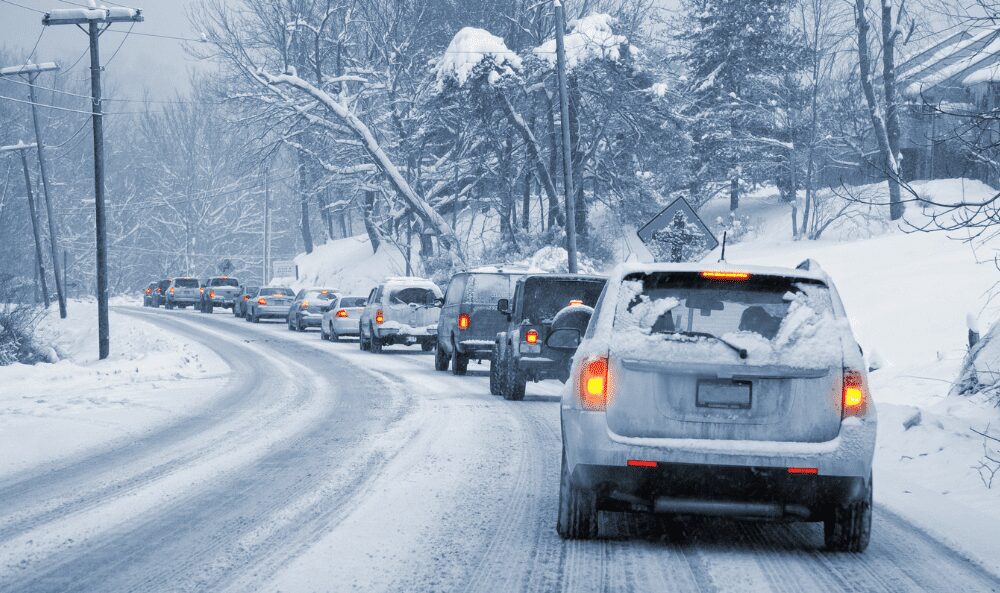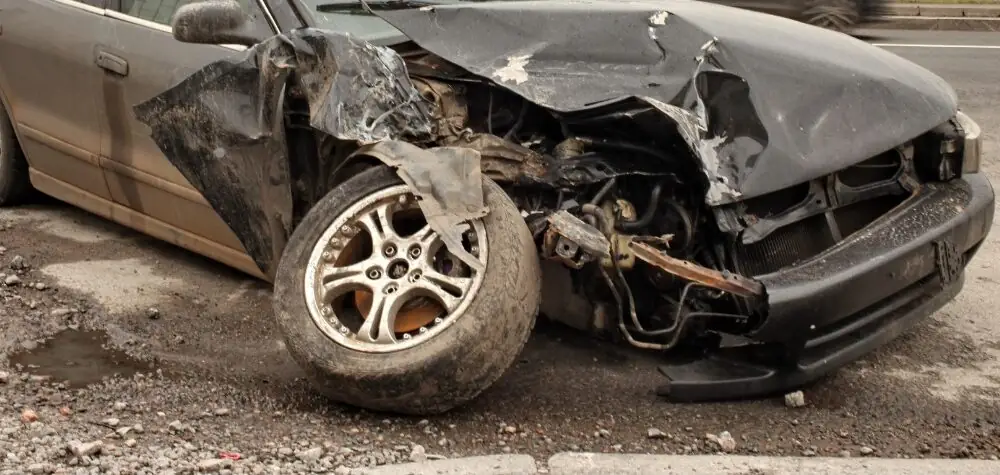
Icy and snowy roads pose significant risks during the winter months. Whether you are navigating through snowstorms or driving on slick, frozen pavement, it's crucial to take extra precautions. Following the proper winter driving guidelines can help you avoid accidents and stay safe on the road.
The Washington State Department of Transportation (WSDOT) offers the following important winter driving tips:
1. Check Road Conditions Before You Go
Before heading out, always check statewide pass and road conditions. Websites and mobile apps provide real-time updates on road closures, chain requirements, and adverse weather conditions.
2. Prepare Your Vehicle: Traction Tires and Chains
Ensure that your vehicle is equipped with proper traction tires for winter driving. In some areas, chain requirements may be enforced, so it’s essential to check if you need to carry or install tire chains.
3. Avoid Using Cruise Control
While cruise control is useful in clear weather, it can be dangerous on icy roads. Do not use cruise control in winter conditions, as it can cause you to lose control of your vehicle if the road suddenly becomes slippery.
4. All-Wheel Drive Does Not Equal Invincibility
Four-wheel drive (4WD) and all-wheel drive (AWD) vehicles offer better traction on snow and ice, but they do not stop or steer better on icy roads. These vehicles can still slide on slick surfaces, so it’s crucial to exercise the same caution as you would with a two-wheel-drive car.
5. Increase Following Distance
Remember, larger vehicles take longer to stop, especially on icy or snowy roads. Leave a larger buffer between your vehicle and larger trucks, buses, or other vehicles that might have longer stopping distances.
6. Slow Down in Risk Zones
Certain areas are particularly dangerous during winter driving:
- Intersections can be icy even when other parts of the road are clear.
- Offramps and bridges freeze more quickly than regular roads and may have black ice that’s hard to spot.
- Shady spots where the sun doesn’t hit the road surface are often colder and can be more slippery.
Approach these areas slowly and cautiously.
7. Be Cautious Around Snowplows
Snowplows play a vital role in clearing roads, but they can create hazardous driving conditions. If you find yourself behind a snowplow, slow down and give the plow plenty of space. They may be moving slower than the posted speed limit, and the snow they push off the road can create poor visibility.
8. Exercise Caution at Chain-Up Areas
Chain-up areas are places where drivers can stop to install tire chains. These areas are often crowded with people getting in and out of their vehicles, and the road conditions can be especially treacherous. Slow down and remain alert when approaching and passing chain-up zones.
Speak to an Experienced Personal Injury Attorney Today
GLP Attorneys has supported clients with their personal injury cases for over three decades. GLP Attorneys has experience achieving justice for clients who have been involved in car accidents, motorcycle accidents, and trucking accidents.
If you have been injured in an accident, call 800-273-5005 or email our attorneys at to schedule a free lawyer consultation.


